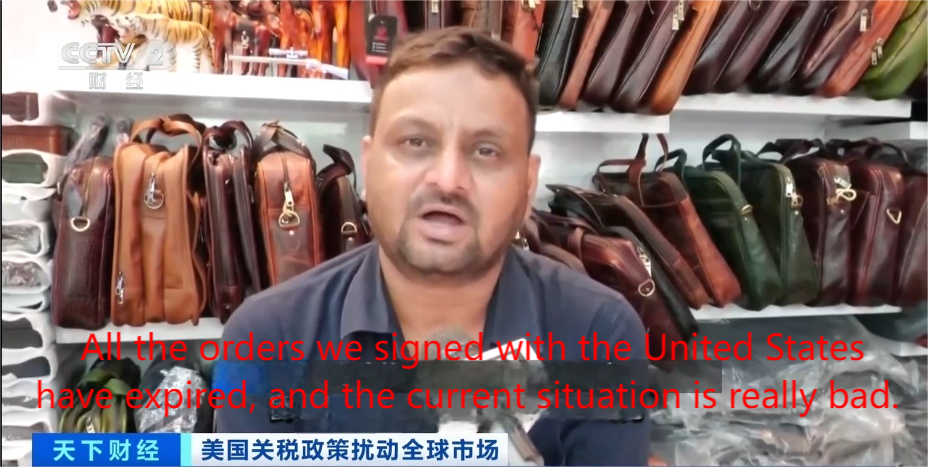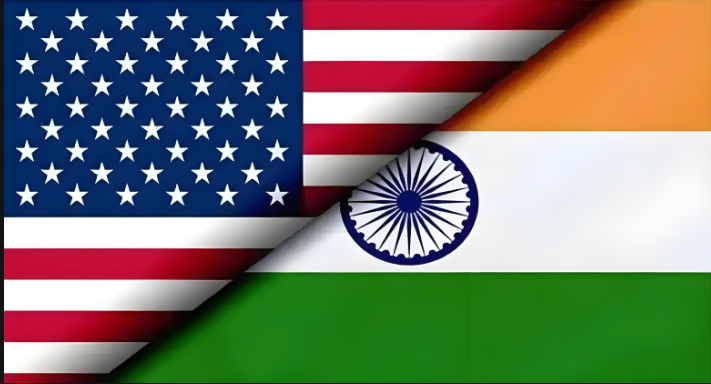
How New U.S. Tariffs Reshape Global Sourcing for Leather Bag Manufacturers
2025-09-01 11:16The recent announcement by the U.S. Department of Homeland Security regarding sweeping tariff increases on imports from multiple countries has sent ripples across global supply chains. Effective from July 3, 2025, imports from Vietnam face a 20% tariff, while Indonesia faces 32%, Cambodia and Thailand 36%, and Laos and Myanmar 40%. Additionally, from August 27, 2025, a staggering 50% tariff has been imposed on all goods imported from India. This policy shift has profound implications for industries reliant on international trade, including the manufacturing of leather bag products. As a leather bag manufacturer with production facilities in both China and Vietnam, Fujian Hecheng Bag Manufacture is closely monitoring these developments to strategize and adapt.

The tariff impact on Indian exports, particularly in the leather bag sector, has been immediate and severe. Kanpur, India's leather processing hub, has seen widespread order cancellations from U.S. clients, forcing factories to halt operations or pivot to domestic and alternative international markets. One leather bag exporter noted that all orders from U.S. partners were invalidated overnight, highlighting the disruptive force of the new tariffs.
For global leather bag manufacturers, these changes necessitate a reevaluation of global sourcing strategies. The elevated tariffs on India—a key player in leather bag production—mean that brands and suppliers must diversify their sourcing to avoid increased costs. Countries like Vietnam, despite facing a 20% tariff, may still offer more favorable conditions compared to India's 50%. However, with Vietnam also subject to new tariffs, companies with multi-country manufacturing bases, such as Fujian Hecheng bag factory, are better positioned to navigate these challenges. Our presence in both China and Vietnam allows us to optimize production and distribution based on changing tariff structures.

